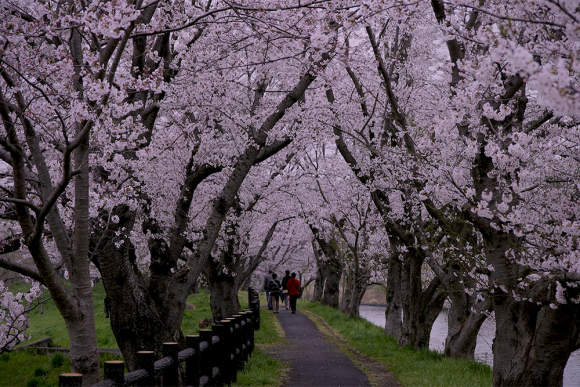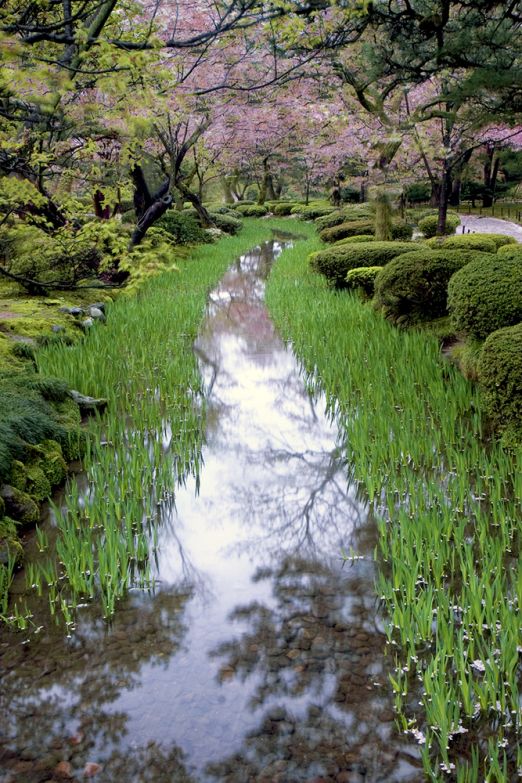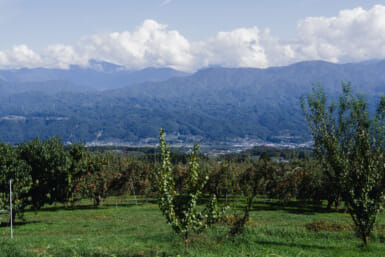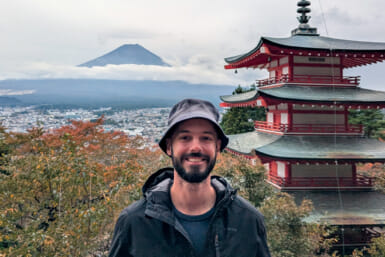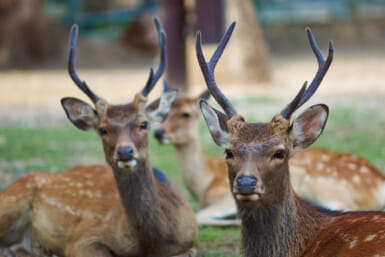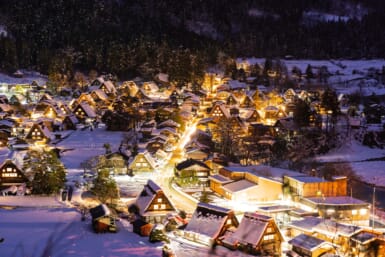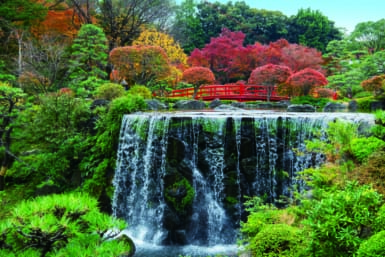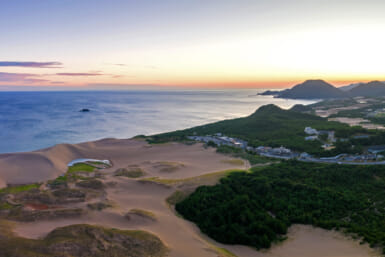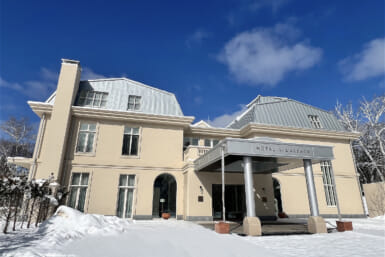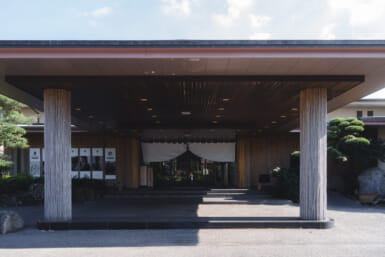It’s that time of year again! Winter is behind us, we hope, and the warm weather is finally starting to appear. This means picnics in the park and cherry blossoms that are soon to bloom… Weekender contributor and photographer Stack Jones has pieced together some of his favorite locations from the Japan Sea, to Tohoku and beyond.
With so many places to see them, and with so little time to enjoy them, where will you go? Perhaps heading north will help you stretch out the season but there are some interesting lesser known spots just outside Tokyo…
Kiyomizu, Kyoto
Kiyomizu means clear water in Japanese. The temple was founded in 778 during the early Heian period, and built on the site of the Otowa Waterfall in the eastern hills of Kyoto. The main hall, Hondo is designated as a national treasure, and as a UNESCO World Heritage site. Whether you visit Kiyomizu in spring or autumn, you’ll find plenty of breathtaking views. When in Kyoto, this is one place you’ll not want to miss.
Transportation. Take the train from Kyoto Station to Kiyomizu-Jo Station. Avoid the buses! They’re crowded and if traffic is thick, you could end up spending your time on the bus instead of the city’s landmarks. Spend the extra few yen. It’s well worth it!

Fukui Castle, Fukui City. Photo Stack Jones
Fukui Castle, Fukui
Matsudaira Tadamasa originally built Fukui Castle in 1606. The castle was destroyed by fire in 1669 and US allied forces firebombed the remaining structures during World War II. The city was rebuilt, and then destroyed again in 1948 when a large earthquake leveled 35,000 buildings.
Fukui would suffer yet another tragedy when the Asuwa River flooded and when Fukui was rebuilt the main street was given the name Phoenix Dori, for the mythical bird that rose again from the ashes. Night viewing on the castle grounds and along the river are something special to experience. At both locations lamps provide a fantastic atmosphere for an evening stroll under the illuminated cherry blossoms.
Transportation. Walking distance from Fukui Station.
Maruoka Castle, Fukui
Maruoka Castle is Japan’s oldest standing castle. It was built in 1576 and is located in the Sakai District of Fukui. Legend has it the castle becomes shrouded in a thick mist to protect it whenever an enemy approaches. There is a historical museum located at the foot of the castle and the site is designated as an Important Cultural Property.
Transportation. Take the Hokuriku Line to the Awara-onsen Station by train, which runs from Fukui station.
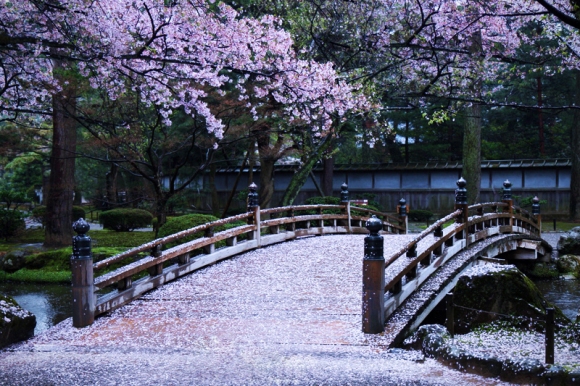
Kenrokuen Gardens, Kanazawa, Ishikawa. Photo Stack Jones
Kenrokuen Gardens, Ishikawa
Kenrokuen Gardens is located in Kanazawa, Ishikawa Prefecture. It’s one of Japan’s oldest private gardens, and considered one of Japan’s three most beautiful landscape gardens in the country. The extensive garden used to be part of the Kanazawa Castle, built over two hundred years by the ruling Maeda family. It opened to the public in 1874.
The waters that flow through the garden are diverted from a river by a unique system that was designed in 1632.
The garden derived its name from the Chronicles of the Famous Luoyang Gardens, a book by the Chinese poet Li Gefei, which stands for the six attributes of a perfect landscape: spaciousness, seclusion, artifice, antiquity, waterways, and panoramas.
According to Chinese landscape theory these six elements are essential to make a perfect garden. Kenrokuen boasts numerous bridges, teahouses, ponds, streams and waterfalls that are lit up during the evening when the Sakura trees are in full bloom.
Transportation. Kenrokuen is a frequent stop on the Kanazawa Loop Bus, and the Kenrokuen Shuttle bus. It takes about twenty minutes to get there from Kanazawa station.
Yamagata Castle
Today Kajo Park stands where Yamagata Castle once stood. The site has a restored gate and a statue of Mogami Yoshiaki, one of the feudal lords that once ruled the vicinity.
While Yoshiaki fought at the side of Tokugawa Ieyasu at the Battle of Sekigahara, general Naoe Kanetsugu traveled to Yamagata Castle to destroy it. Folklore has it Kanetsugu couldn’t locate it because the castle was covered in a thick fog. Thereafter, Yamagata Castle became known as Kasumigajo, which means the castle in the haze.
The high stonewall and moat still exist to this day and is surrounded by beautiful mature cherry trees. It’s one of the best places in Japan to view spring blossoms, or share in a hanami with friends.
Transportation. Walking distance from Yamagata Station.

Yamagata Castle, Yamagata City. Photo Stack Jones
Fukuoka Zeki
For a great place to avoid the crowds head to Tsukubamirai, Ibaraki Prefecture. There you will find Fukuoka Zeki Sakura Park, which is a long and winding trail filled with cherry trees that are located right on a river. The location also has a festival and more than ample locations for a hanami.
Transportation. From Tokyo, take the TX Line to Miraidaira station.
Enjoy hanami season everyone!

